Projects from the Geothermal Hackathon 2021
/The second Geothermal Hackathon happened last week. Timed to coincide with the Geosciences virtual event of the World Geothermal Congress, our 2-day event brought about 24 people together in the famous Software Underground Chateau (I’m sorry if I missed anyone!). For comparison, last year we were 13 people, so we’re going in the right direction! Next time I hope we’re as big as one of our ‘real world’ events — maybe we’ll even be able to meet up in local clusters.
Here’s a rundown of the projects at this year’s event:
Induced seismicity at Espoo, Finland
Alex Hobé, Mohsen Bazagan and Matteo Niccoli
Alex’s original workflow for creating dynamic displays of microseismic events was to create thousands of static images then stack them into a movie, so the first goal was something more interactive. On Day 1 Alex built a Plotly widget with a time zoomer/slider in a Jupyter Notebook. On day 2 he and Matteo tried Panel for a dynamic 3D plot. Alex then moved the data into LLNL Visit for fully interactive 3D plots. The team continues to hack on the idea.
Fluid inclusions at Coso, USA
Diana Acero-Allard, Jeremy Zhao, Samuel Price, Lawrence Kwan, Jacqueline Floyd, Brendan, Gavin, Rob Leckenby and Martin Bentley
Diana had the idea of a gas analysis case study for Coso Field, USA. The team’s specific goal was to develop visualization tools for interetpaton of fluid inclusion gas data to identify fluid types, regions of permeability, and geothermal processes. They had access to analyses from 29 wells, requiring the usual data science workflow: find and load the data, clean the data, make some visualizations and maps, and finally analyse the permeability. GitHub repo here.
Utah Forge data pipeline
Andrea Balza, Evan Bianco, and Diego Castañeda
Andrea was driven to dive into the Utah FORGE project. Navigating the OpenEI data portal was a bit hit-and-miss, having to download files to get into ZIP files and so on (this is a common issue with open data repositories). The team eventually figured out how to programmatically access the files to explore things more easily — right from a Jupyter Notebook. Their code for any data on the OpenEI site, not just Utah FORGE, so it’s potentially a great research tool. GitHub repo here.
Pythonizing a power density estimation tool
Irene Wallis, Jan Niederau, Hannah Wood, Will Middlebrook, Jeff Jex, and Bill Cummings
Like a lot of cool hackathon projects, this one started with spreadsheet that Bill created to simplify the process of making power density estimates for geothermal fields under some statistical assumptions. Such a clear goal always helps focus the mind and the team put together some Python notebooks and then a Streamlit app — which you can test-drive here! From this solid foundation, the team has plenty of plans for new directions to take the tool. GitHub repo here.
Computing boiling point for depth
Thorsten Hörbrand, Irene Wallis, Jan Niederau and Matt Hall
Irene identified the need for a Python tool to generate boiling-point-for-depth curves, accommodating various water salinities and chemistries. As she showed during her recent TRANSFORM tutorial (which you must watch!), so-called BPD curves are an important part of geothermal well engineering. The team produced some scripts to compute various scenarios, based on corrections in the IAPWS standards and using the PHREEQC aqueous geochemistry modeling software. GitHub repo here.
A big Thank You to all of the hackers that came along to this virtual event. Not quite the same as a meatspace hackathon, admittedly, but Gather.town + Slack was definitely an improvement over Zoom + Slack. At least we have an environment in which people can arrive and immediately get a sense of what is happening in the event. When you realize that people at the tables are actually sitting in Canada, the US, the UK, Switzerland, South Africa, and Auckland — it’s clear that this could become an important new way to collaborate across large distances.
Do check out all these awesome and open-source projects — and check out the #geothermal channel in the Software Underground to keep up with what happens next. We’ll be back in the future — perhaps the near future! — with more hackathons and more geothermal technology. Hopefully we’ll see you there! 🌋











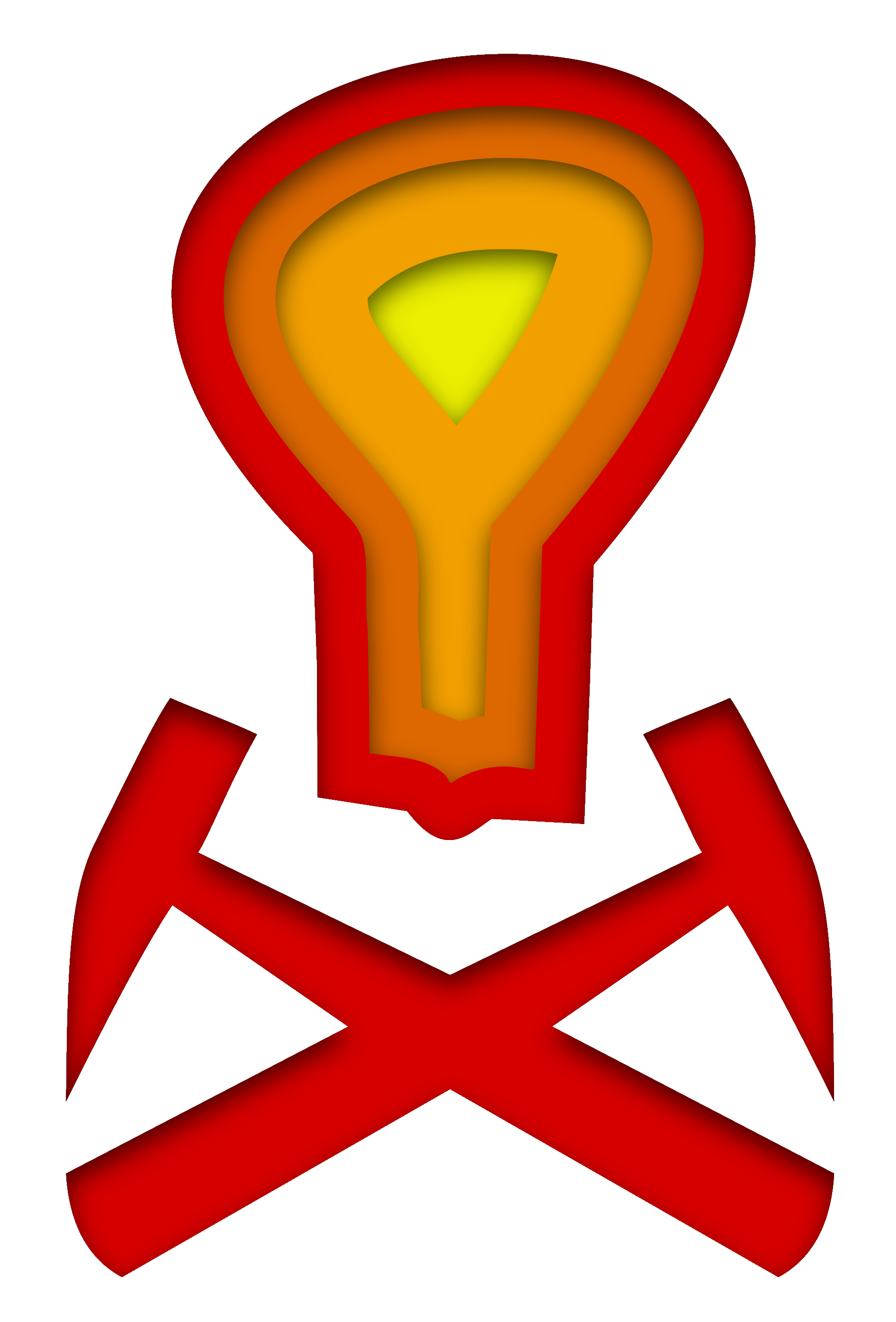
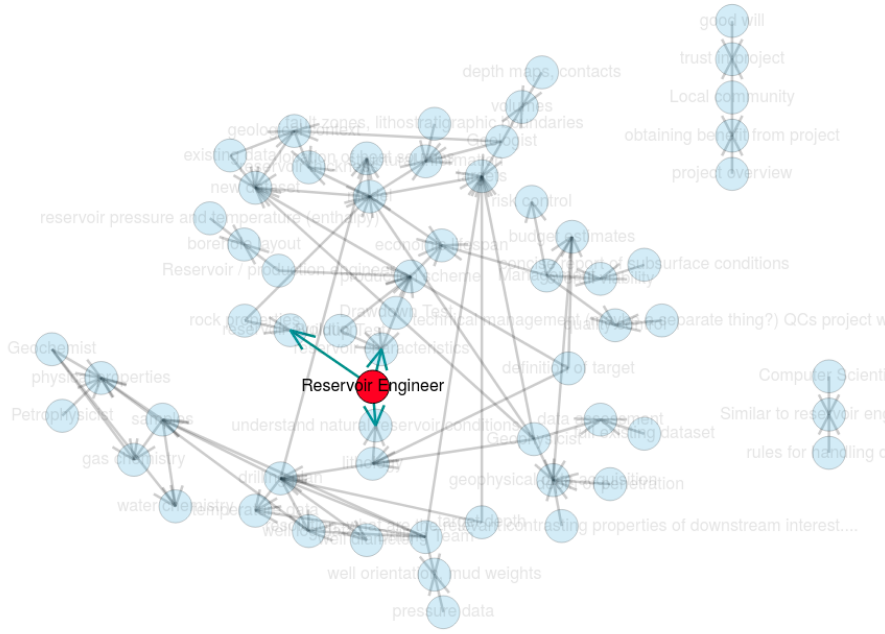







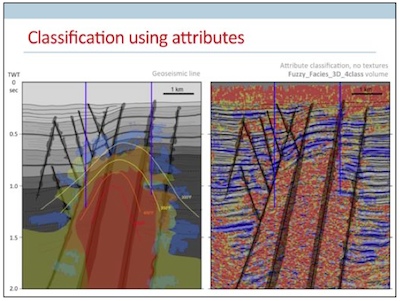

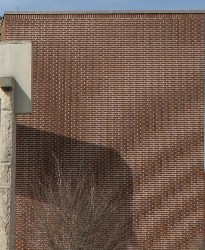
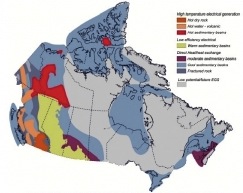
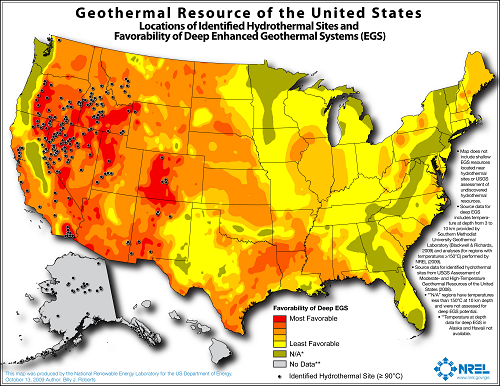






 Except where noted, this content is licensed
Except where noted, this content is licensed